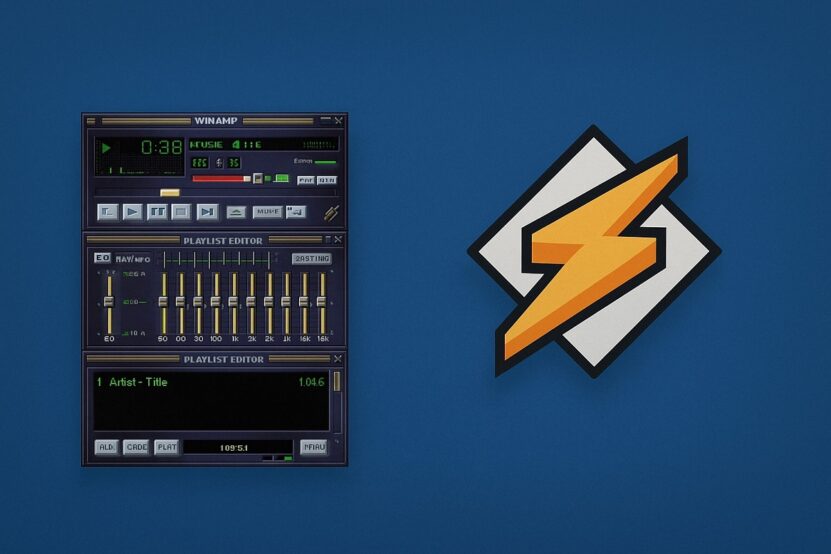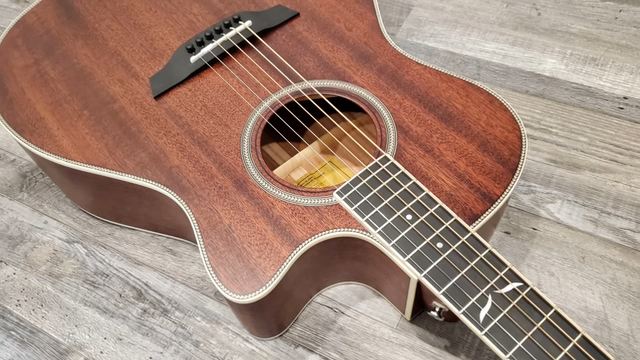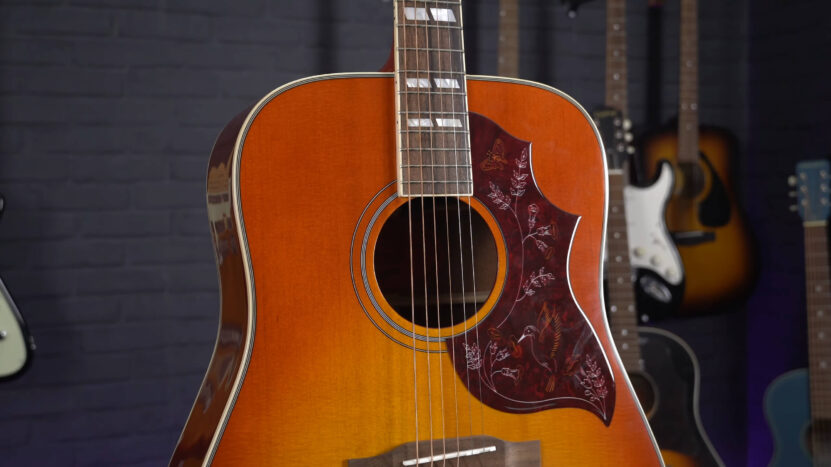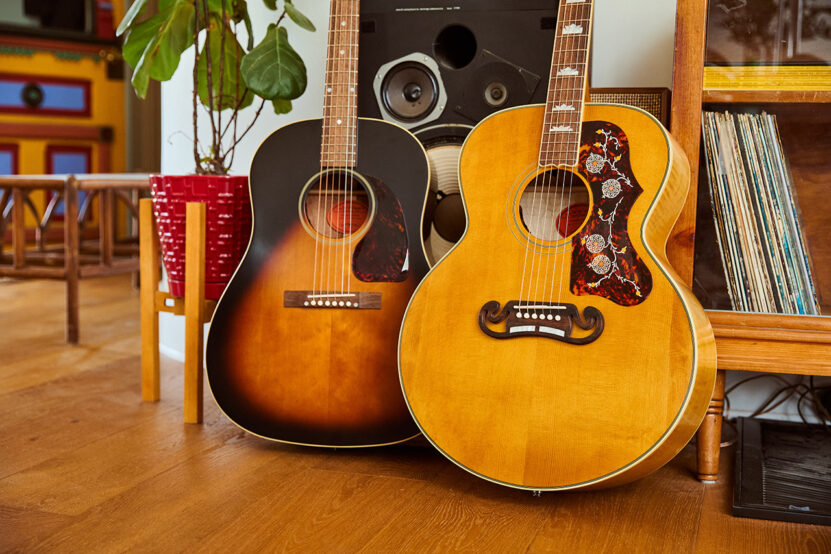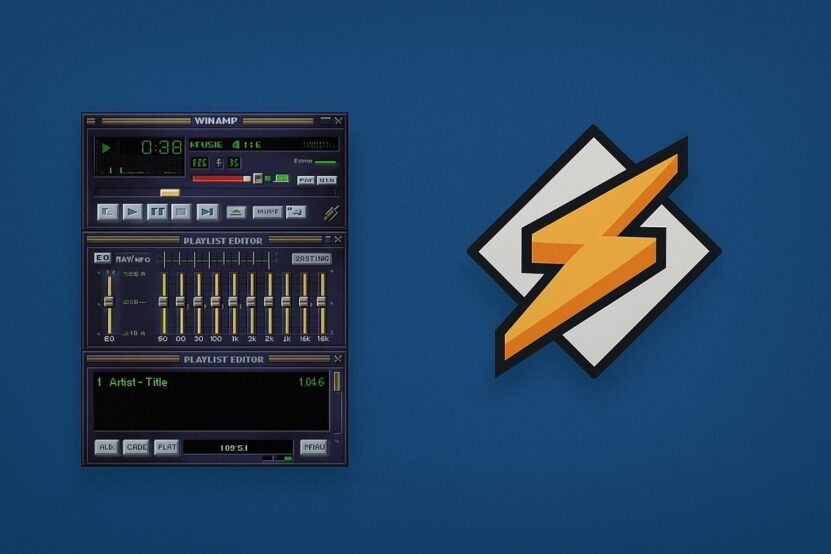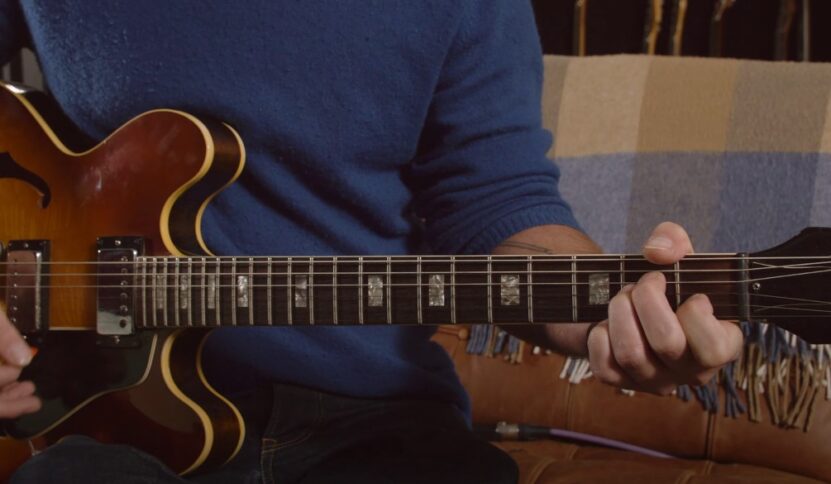
Share Post:
When I first started playing guitar, A minor was one of those chords that instantly grabbed me. It’s a very simple chord that delivers in such an emotional way.
If you’re a beginner or someone who’s been playing for years, mastering A minor can really open up a new world of musical expression.
Let’s break down a few key techniques that can help you get the most out of this chord, and how it can fit into different musical styles.
The Basics of A Minor
First things first—let’s talk about what makes A minor so special. Unlike its brighter counterpart, C major, A minor carries a moodiness that’s perfect for those somber, reflective pieces.
It’s made up of three notes: A, C, and E. Simple, right? But those notes come together in a way that creates a sound that’s both haunting and beautiful.
1. Constructing the A Minor Chord
So, how do you get this chord under your fingers? The notes are A, C, and E, but it’s the way they’re stacked that gives A minor its unique feel. You’ve got a minor third between A and C, and a major third between C and E.
That combination creates a sound that’s full of depth. On a guitar, you can start with the open A minor chord—one of the first chords many players learn. It’s all about placing your fingers on the right frets and getting comfortable with that shape.
If you’re on the piano, it’s even more straightforward; just play A, C, and E together.
2. Variations on A Minor
Now, the cool thing about A minor is that it’s so versatile. You can play it in different positions, and each one gives you a slightly different sound.
- Open A Minor: On the guitar, this is your go-to. It’s easy to play, and it sounds great. Perfect for beginners.
- A Minor Barre Chord: If you’re ready to challenge yourself a bit, try the barre chord version of A minor. It’s played on the fifth fret and gives a fuller, richer sound. It might take some time to get used to, but it’s worth the effort.
- A Minor Seventh (Am7): Add a G note to your A minor chord, and you’ve got an Am7. This chord adds a little complexity and is great for jazz or blues.
- A Minor Ninth (Am9): Feeling jazzy? Throw in a B note to make an Am9. It’s a bit more advanced, but it’s perfect for those moody, tension-filled moments in your music.
3. Finger Placement and Dexterity
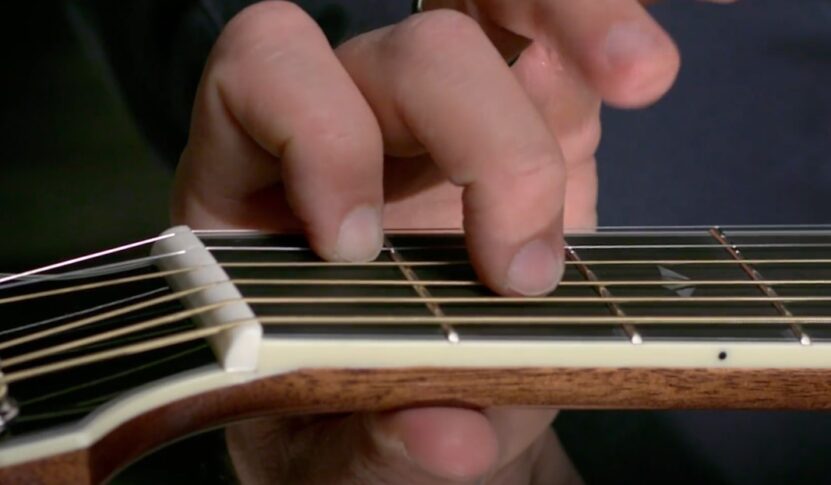
Playing A minor, especially when moving between its different variations, requires a bit of finesse.
- Relaxed Hand Position: Keep your hand relaxed. Tension can lead to mistakes like buzzing strings or muted notes.
- Finger Arches: Your fingers should arch just enough to avoid accidentally touching adjacent strings.
- Consistent Pressure: When you’re playing barre chords, it’s essential to apply even pressure. This ensures that every note rings out clearly.
4. Smooth Transitions Between Chords
A minor often shows up in chord progressions that require quick transitions. This can be tricky, especially at faster tempos.
- Practice with a Metronome: Start slow and gradually increase your speed. Muscle memory is your best friend here.
- Common Progressions: Work on progressions like Am-G-F-E. These are common in many genres, and getting them down will make playing smoother.
- Sliding Techniques: For those barre chords, sliding up and down the neck can help with smoother transitions.
5. Strumming and Picking Patterns
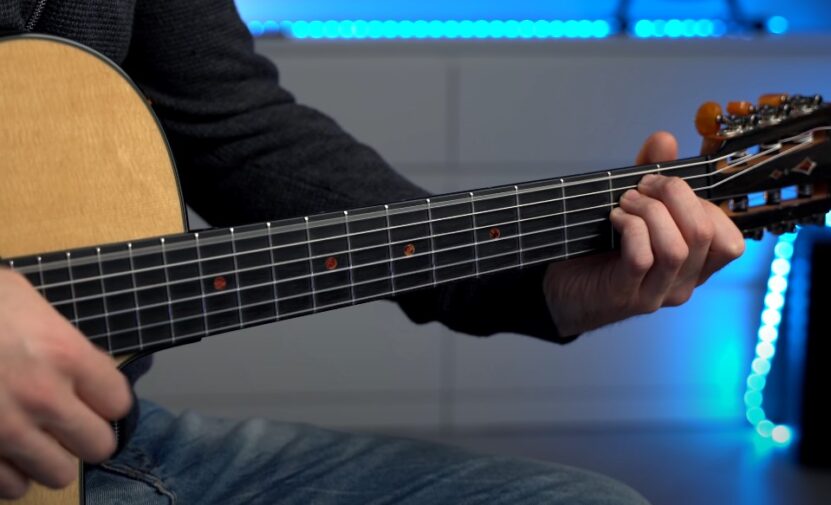
How you strum or pick the A minor chord can really change its feel.
- Strumming: Try down and upstrokes with varying dynamics to create different rhythms. Emphasize certain beats to give your playing a more rhythmic feel.
- Fingerpicking: A minor works wonderfully with fingerpicking, especially in folk or classical music. Focus on alternating between the bass note and higher strings to create a flowing arpeggio.
- Hybrid Picking: For something more intricate, use a pick for the bass note and your fingers for the higher strings. It gives you more control over the sound.
6. Using A Minor in Scales and Soloing
A minor isn’t just a chord; it’s a gateway into a whole world of scales and modes, especially when it comes to soloing.
- A Minor Pentatonic Scale: This five-note scale (A, C, D, E, G) is a staple in blues, rock, and jazz. It’s perfect for soloing. Practice moving up and down the fretboard or keyboard to get comfortable with it.
- A Natural Minor Scale: The natural minor scale (A, B, C, D, E, F, G) is the backbone of many classical pieces. Once you’ve got it down, start incorporating it into your improvisations.
- Modal Playing: A minor is also the tonic of the A Aeolian mode. Experiment with emphasizing different notes within the scale to create varied moods.
Bringing A Minor into Different Musical Styles
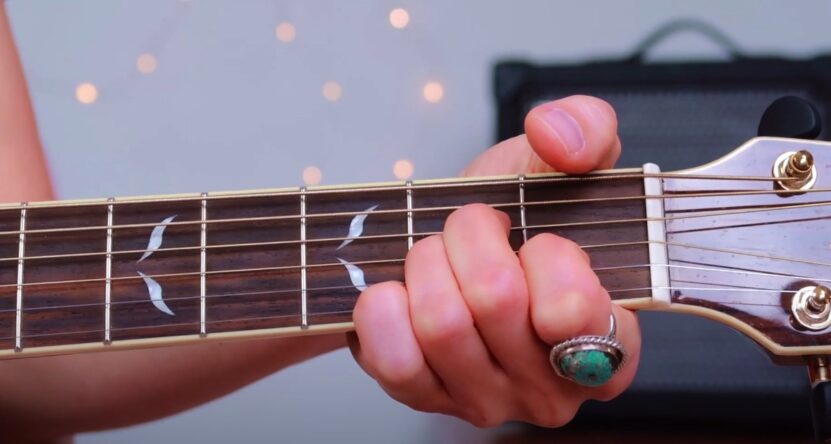
Now that we’ve covered the basics, let’s talk about how A minor fits into different genres of music. Each style uses the chord a little differently, and mastering those nuances can really broaden your musical palette.
Classical Music
In classical compositions, A minor is often used to express deep emotion. If you’re interested in classical music, consider practicing pieces like Bach’s “Prelude in A Minor” or Chopin’s “Nocturne in C-sharp Minor.” They’ll help you see how A minor can be woven into intricate melodies and harmonies.
Jazz
Jazz takes A minor to new heights with extended chords and improvisation. If jazz is your thing, focus on learning chords like Am7, Am9, and even Am11. These add richness to your playing.
Rock and Blues
Rock and blues often rely heavily on minor chords, and A minor is no exception. It’s used in everything from power chords to solos.
- Power Chords: Practice A5 and A minor power chords. They’re the backbone of many rock songs.
- Blues Scales: The A minor pentatonic and blues scales are essential for soloing in these genres. Work on bending notes and adding vibrato to give your solos more character.
- Riffing: Try learning iconic riffs that use A minor, like the intro to “Stairway to Heaven” by Led Zeppelin. It’s a great way to see how A minor can be used in a rock context.
Taking A Minor to the Next Level
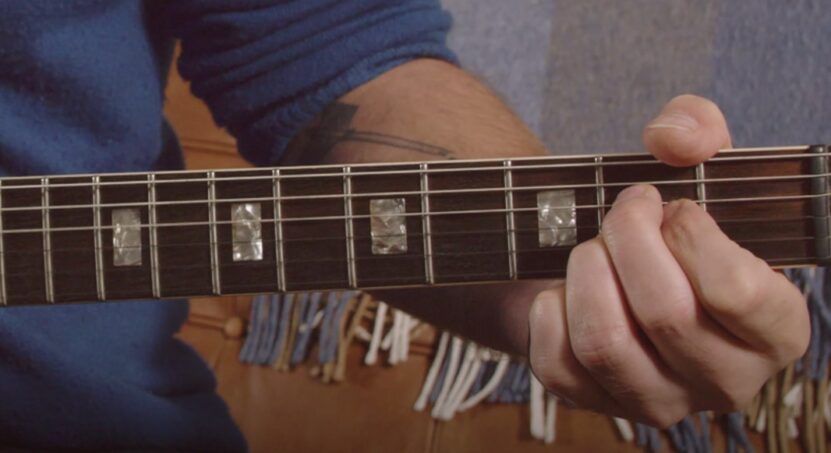
Once you’ve got the basics down, it’s time to explore some more advanced techniques that will really elevate your playing.
Harmonic Minor Scale
The A harmonic minor scale (A, B, C, D, E, F, G#) introduces a leading tone (G#) that gives your playing an exotic flair. It’s perfect for adding drama to your solos or compositions.
Chord Inversions
Playing inversions means changing the bass note of the chord. For A minor, try:
- First Inversion (C in the bass): Softens the chord and is great for smooth transitions.
- Second Inversion (E in the bass): Offers a sense of resolution.
Arpeggios
Arpeggios break the chord into individual notes, played in sequence. This technique is crucial for both classical and modern music, adding complexity and interest to your playing.
Wrapping It Up
Mastering A minor isn’t just about hitting the right notes. It’s about feeling the emotion behind the chord, and using that emotion to enhance your music. By practicing these techniques, you’ll not only get better at playing A minor, but you’ll also start to see how it can be used in a wide range of musical styles.
Whether you’re strumming it in a folk tune, using it as the foundation for a jazz solo, or incorporating it into a classical piece, A minor is a chord that offers endless possibilities. Keep exploring, keep experimenting, and most importantly, keep playing. The more you work with A minor, the more you’ll uncover its full potential.



